I have two tables. VEHICLES and OWNERSHIP. I am trying to make a query that will give me a list of all VEHICLES NOT in the OWNERSHIP table. I basically need a report of my available VEHICLE inventory. I tried this query:
SELECT VEHICLE.*
FROM VEHICLE, OWNERSHIP
WHERE (VEHICLE.VEH_ID <> OWNERSHIP.VEH_ID);
Im getting:
When I do an equal I get all vehicles which are listed in the ownership so that works. But the NOT Equal does not. Any ideas?